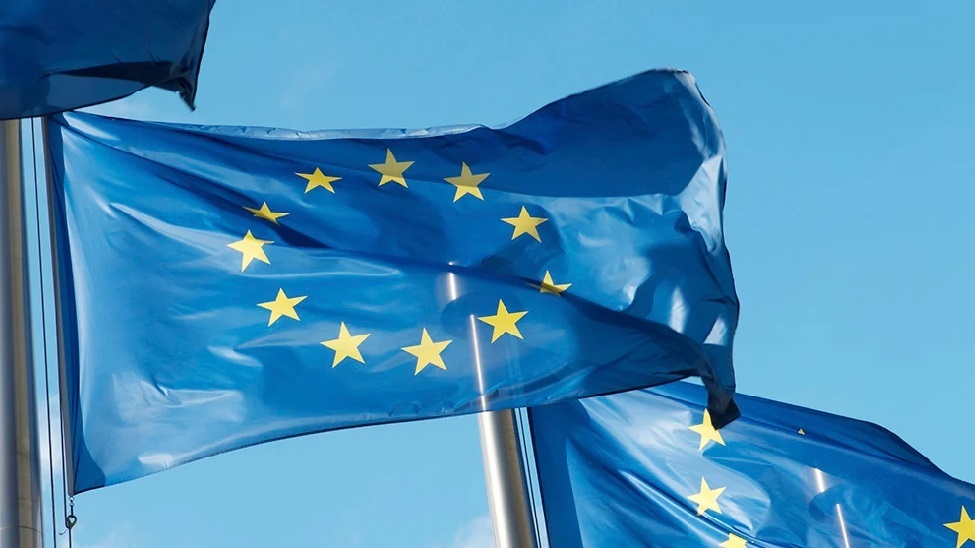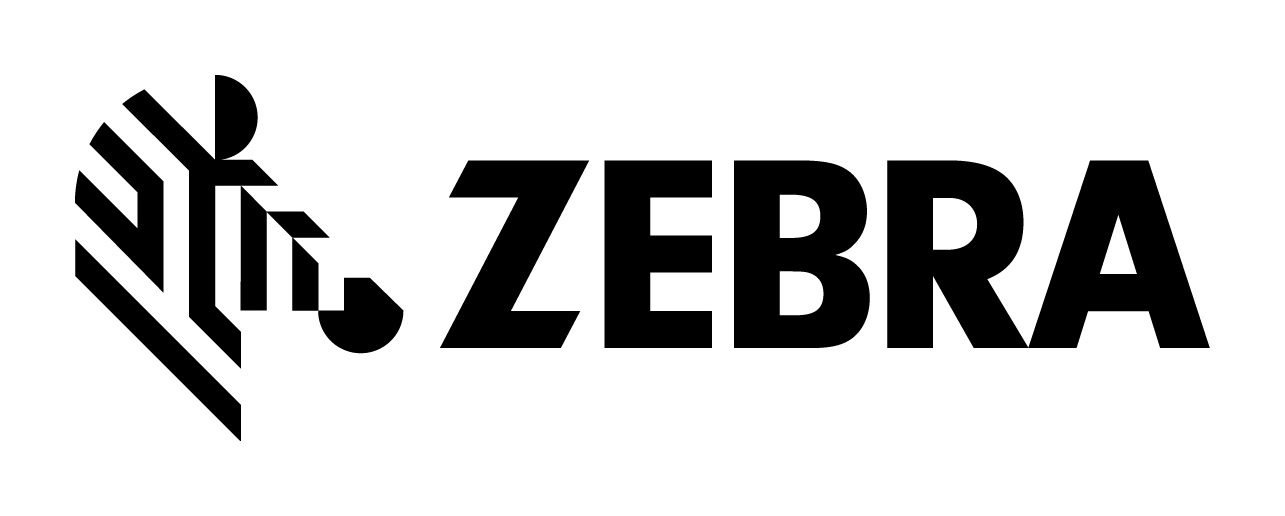
Utilising the €7.5 million Digital Europe Programme to modernise postal industries

Christoffer Augsburg, Growth Marketing Manager at e-Boks explains how the Digital Europe Programme could help the postal sector reach its digital potential.
Europe is surging through its technological revolution. The push from stakeholders – consumers, corporations, and technology hubs – has ramped up this initiative in the last decade or so. Apart from efficiency, the European Commission sees digital transformation as the bridge between a greener future and a digital society. To support this progress, it developed the Digital Europe Programme.
While Nordic regions, such as Denmark, Finland, and Sweden, have digitally transformed in a massively successful way, beginning with their postal systems, the same cannot be said for other countries. According to the McKinsey Global Institute’s Industry Digitization Index, Europe comprises a mix of leaders and laggards, thus dragging their average digital intensity – the level digitalisation drives the economy – down the scale.
The study notes that Europe utilises an estimated 12% of its digital potential – versus the United States, which is at 18%. Out of all European countries, the Netherlands functions best with 15%.
McKinsey predicts that if Europe’s stragglers double their digitalisation efforts, the continent’s economy could receive €2.5 trillion to its GDP by 2025. According to Statista, countries like Italy, Romania, Greece, and Bulgaria are Europe’s least digitally developed countries.
What Is the Digital Europe Programme?
The Digital Europe Programme is the European Commission’s way to fund digital technology for citizens and public administrations such as postal industries. After the pandemic emphasised the impact of technology in daily life, the EC allotted €7.5 billion to accelerate digital transformation and sustain independence in digital services.
Other established efforts, such as the Horizon Europe (for research and innovation), the Connecting Europe Facility (for digital infrastructure), the Recovery and Resilience Facility, and the Structural funds, also support the scheme.
The programme focuses on the following key areas:
- Supercomputing
- Artificial intelligence
- Cybersecurity
- Advanced digital skills
- Ensuring the wide use of digital technologies across the economy and society
Who Can Avail of the €7.5 Million from the Digital Europe Programme?
This massive project is currently producing its third batch of calls to be launched in autumn of 2022. According to the European Union website, corporations, organisations, and public administrations from the EU Member States, European Free Trade Association nations, European Economic Area regions, and other affiliated countries are qualified for the Digital Europe Programme.
Proposals can range from physical output, such as European-based blockchain infrastructure and data centres, to advanced digital skills training for citizens. The EC also encourages artificial intelligence applications, particularly those combating real-world issues, such as food and health.
Governments can submit ideas that promote efficiency, such as eradicating red tape and streamlining applications. One public area that could truly benefit from such an initiative would be the postal service, an archaic system that could expertly be transported to the 21st century with the proper tools.
How Can You Avail from the Digital Europe Programme?
The EC has outlined the steps for applying on their website. For the programme’s initial stages, it has determined four categories to manage the various aspects of the critical areas.
- High-Performance Computing
- European Digital Innovation Hubs
- Cybersecurity
- Digital Europe Work Programme (which accepts proposals outside the first three)
Each category lists down and details the aims of the calls. Once the EC releases the next batch, each one will have a document identifying the specific problems and issues that the EC would want applicants to address in their proposals.
If you’re interested, here’s a step-by-step guide on the application process:
- Submit your proposal
Ensure that you present a concrete solution with measurable results to the EC’s published conflict. You must hand over your application at 5 p.m. Brussels time on the day of the deadline.
- Find your partners
No man is an island. A proposal on this grand scale requires concerted effort. Collaborate with various agencies who can assist you in reaching your promises.
- Evaluation
The panel will check your proposal against their criteria. Those that fulfil these proposal obligations take priority. Field experts may also be called in to assess the feasibility of your plan.
- Grant agreement
The European Commission will draw up a grant agreement for the successful parties. It also lists the fine print, such as budget, obligations, rates, and more.
What Can You Do With the Digitalisation Fund?
There can be plenty of projects and initiatives that would benefit governments and the communities they serve. As McKinsey stated in their report, Europe isn’t breaking even when it comes to its digital potential.
Another McKinsey report also notes that a resolute effort from a government to transform digitally can enhance services, save money, and improve citizens’ quality of life. For example, converting to a smart postal system would eliminate long waiting times, tedious processes, and conserve resources. And that’s only one aspect of change.
Here are other examples of successful digitisation in other European countries:
The digitisation of Bulgaria
Despite ranking low on the digitalisation index, Bulgaria has made strides in modernising its digital facilities. Early in July 2022, the country reached an agreement with the EU to help in its climate and digital efforts – the same goals enumerated in the Digital Programme. Through the European Social Fund Plus, Bulgaria will receive €2.6 billion to upskill residents for green and digital transition. After all, according to McKinsey, the success of a digital society rests largely on the core capabilities of its citizens.
Portugal’s online shift
In 2020, the Portuguese government launched the three-pronged Action Plan for Digital Transition, the country’s strategy to evolve into a fully fledged, digitally transformed nation. Its first step involves capacity building and digital inclusion, focusing on education, upskilling, and reskilling. The second refers to business’ digital transformation, which concentrates on big and small enterprises employing digital tools. And lastly, the third constitutes public service digitisation, which entails faster government accessibility and logistics via online facilities.
France’s International Digital Strategy
In 2017, France launched its digital plan, which focuses on three key pillars: governance, the economy, and security, specifically:
- An open, diverse and trustworthy digital sector
- A European Internet based on a balance between public freedoms, growth and security in the digital sphere
- The influence, attractiveness, and security of France and French digital players
Other ways countries have benefitted from digitalisation
- The United Kingdom began its digital shift by taking 25 basic services, including voter registration, online.
- In 2019, Ireland and Greenland hired digital solutions provider e-Boks to supply their digital post.
- In 2008, with an aim for transparency, the UK used a digital tool to link more than one billion data items from 30 sources. It resulted in the UK Tax Authority claiming an additional £3 billion in tax revenue.
- Denmark has led the way in digitisation. Like Ireland and Greenland, it turned to e-Boks to digitise their postal service, implement digital signature technology for important documents, and produce digital receipts. Currently, more than five million people in the country receive secure mail from e-Boks.
- Sweden has also relied on e-Boks for their digital postal service.
Why Should You Invest in Modernising the Postal Service?
It’s common knowledge at this point that “traditional” post is losing money. The story of the indebted and beleaguered US Postal Service is a cautionary tale of working against the times and refusing the address the sensibilities of consumers. There are many benefits to digitising the postal industry fully, including:
- Increases profits
Digital transformation means a more streamlined service. It requires less labour and fewer physical resources, which offers you savings in the long term.
- Addresses the nomad culture
The onset of remote working has rendered addresses nearly obsolete. Who has time to check their P.O. box these days? Even jobs have become location-independent. A digital postbox (which is more secure than the average email) answers to the flexible needs of itinerant workers.
- Promotes efficiency
Smart postal systems not only save crucial government resources that can be allotted elsewhere, but they also enhance the experience for citizens. They offer a more personalised, secure, and social service.
Transforming your postal industry could answer the EC’s call to promote security, innovation, and standardisation. Use e-Boks as a partner to create a revolutionary digital postal system that benefits the government and the rest of the country. Beyond digital post boxes, e-Boks also offers digital payment solutions, digital payslips, and secure digital archiving, among others. The company also commits to use carbon-neutral data and plant 120,000 trees by 2030. It is a solution worthy of the Digital Europe Programme.













